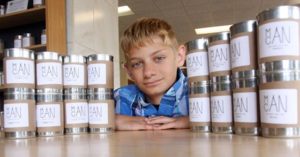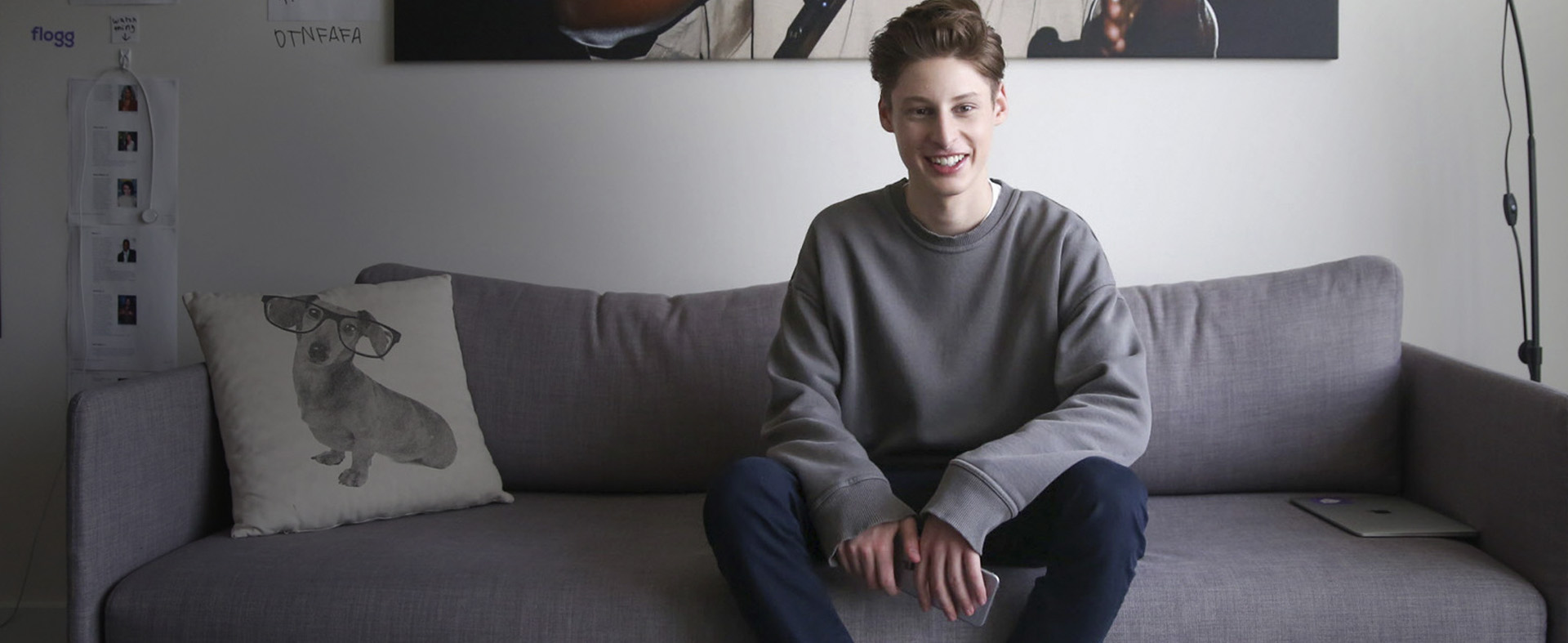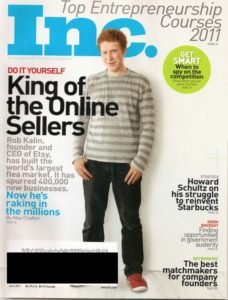Jack Kim has developed a new approach to social enterprise. On a flight back from a business camp at Standford Kim developed a passion for entrepreneurship and website development. In his freshman year of high school Kim created websites to profit from the web traffic generated by advertisements on his websites. Kim realized this business model has a capacity for a greater good than clicks and some change.
Kim developed Benelab, a web browser that sends all of its revenue generated by web traffic to charity and other social enterprises. The company has also begun posting blogs and reports on technology analysis to encourage the flow of web traffic in their direction. Jack Kim has also written articles for the Huffington Post explaining his entrepreneurial journey.
Kim is leading a generation that has not even graduated high school by pushing innovation towards social enterprise instead of commercial enterprise.









